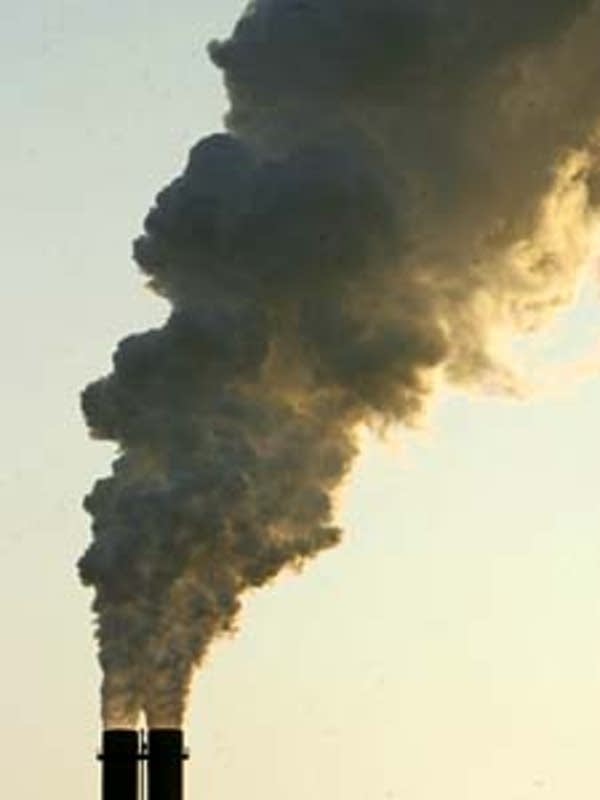Energy legislation hailed
Go Deeper.
Create an account or log in to save stories.
Like this?
Thanks for liking this story! We have added it to a list of your favorite stories.

Energy policy reform took root early in the session when lawmakers passed a renewable energy standard that requires utilities to get at least 25 percent of their energy from renewable sources by 2025. That law was designed to reduce the state's dependence on fossil fuels and increase the use of cleaner energy sources.
Now, lawmakers have capped off the session with a bill that commits the state to substantial energy conservation. The new bill asks utilities to whittle down customers' energy dependence by 1.5 percent per year.
It will propel Minnesota into the top, at least two states, leading the way towards reducing the emissions of greenhouse gases.
The two measures are expected to have a dramatic effect on carbon dioxide pollution.
"Together we believe that those will reduce greenhouse gas emissions from electricity in Minnesota by over 40 percent," says Sen. Ellen Anderson, DFL-St. Paul and a co-author of the energy efficiency bill.
Turn Up Your Support
MPR News helps you turn down the noise and build shared understanding. Turn up your support for this public resource and keep trusted journalism accessible to all.
But Anderson says as impressive as a 40 percent reduction in CO2 emissions might sound, it won't be enough to stop global warming.
So Anderson convinced her colleagues to set a long-term goal of reducing greenhouse gas emissions in Minnesota by 80 percent by the year 2050.
"That is what a lot of scientists recommend that we have to do to reverse the worst impacts of climate change," she says.
After much debate and a few compromises, utilities companies agreed to support the bill.
Much of the fine print still needs to be worked out before it's clear exactly what the bill will mean for utilities and consumers, says Rick Evans of Xcel Energy, the state's largest energy supplier. But he suspects, at the very least, achieving an 80 percent reduction in CO2 won't be a painless process.
"It is going to make a significant difference in the kinds of cars that we own and how we drive them possibly, how we use electricity in our homes, when we use it and what we can do to make serious reductions in that usage," he says. "So imagine all of the things that you do with energy everyday and think of those things changing."
A special commission is charged with offering recommendations to lawmakers for how they can achieve their carbon reduction goal. That group must report its findings to the Legislature by February. Lawmakers will then have a year to enact their official global warming law.
If they don't take action by that date, a moratorium would kick in that would prevent utilities from signing new contracts for coal or imported coal-fired electricity, along with new construction of coal plants.
It's likely that lawmakers' commitment to the plan will be tested between now and 2009, when they'll be asked to approve the finished plan. Still, Michael Noble with the advocacy group Fresh Energy says he's optimistic that lawmakers are united on the issue.
"The big success of this bill is the absolute clarity the Legislature's laid out that emissions can't just keep going up, emissions have to come down," Noble says.
Minnesota's new energy bill puts the state in a leadership position nationally, according to Glen Andersen of the National Conference of State Legislatures. He says California is the only other state that has passed binding limits for reducing greenhouse gas emissions.
"It will propel Minnesota into the top at least two states, leading the way towards reducing the emissions of greenhouse gases. And by doing so, likely will become a model for other states," Andersen says.
Supporters of Minnesota's new bill say they hope to work with other states to encourage carbon reductions throughout the Midwest. They also want to establish a multi-state system that would allow utilities to buy or trade carbon reduction credits to offset any emissions that exceed new greenhouse gas limits.




